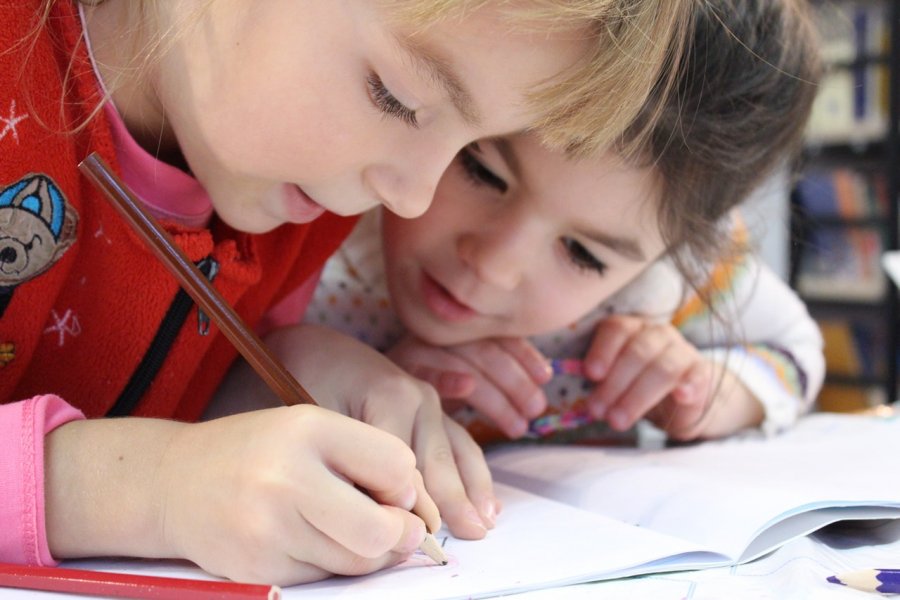Humanitarian crises, natural disasters, disease outbreaks – the needs today as pressing as ever, but the way we give is evolving. Thanks to tax law and technology, along with changing consciousness and shifting social mores, philanthropy experts say there are notable shifts in where, when and how Americans open their wallets to charitable causes.
Below is what to expect in charitable giving trends in 2019.
Giving bigger donations, but less frequently.
Charities and non-governmental organizations, or NGOs, are watching carefully to see if the doubling of the standard deduction under the Tax Cuts and Jobs Act of 2017 changes how – and how much – we give.
Our potential change is that people could switch to giving every other or every the third year instead of annually, a tactic called “bunching” that would let them itemize in their giving years to get the deduction and take the standard deduction in other years.
Using technology to mobilize support
If you feel like you’ve seen more notifications in your Facebook feed that someone is raising money for a good cause to celebrate a birthday or other milestone, you’re probably right.
This growth is a confluence of two trends. The desire of donors to personalize their giving, and advances in technology that makes giving, or asking others to give on your behalf, as easy as typing up a heartfelt message and hitting “enter.”
The growing clout of big donors (for better or worse)
People are going to top one-half of 1% will be giving about 30% of all charitable dollars. Although there is a drawback in that funding is funneled to a smaller pool of recipients or causes. This, combined with the proliferation of charities at the grassroots level, may leave smaller non-profits feeling pinched. Charities at these local levels are going to feel that they’re facing greater financial challenges in their fundraising, and the reason is that the number of charities continues to expand dramatically. The total amount of dollars can be given to any local charities still, and furthermore, they can be divided up more.


